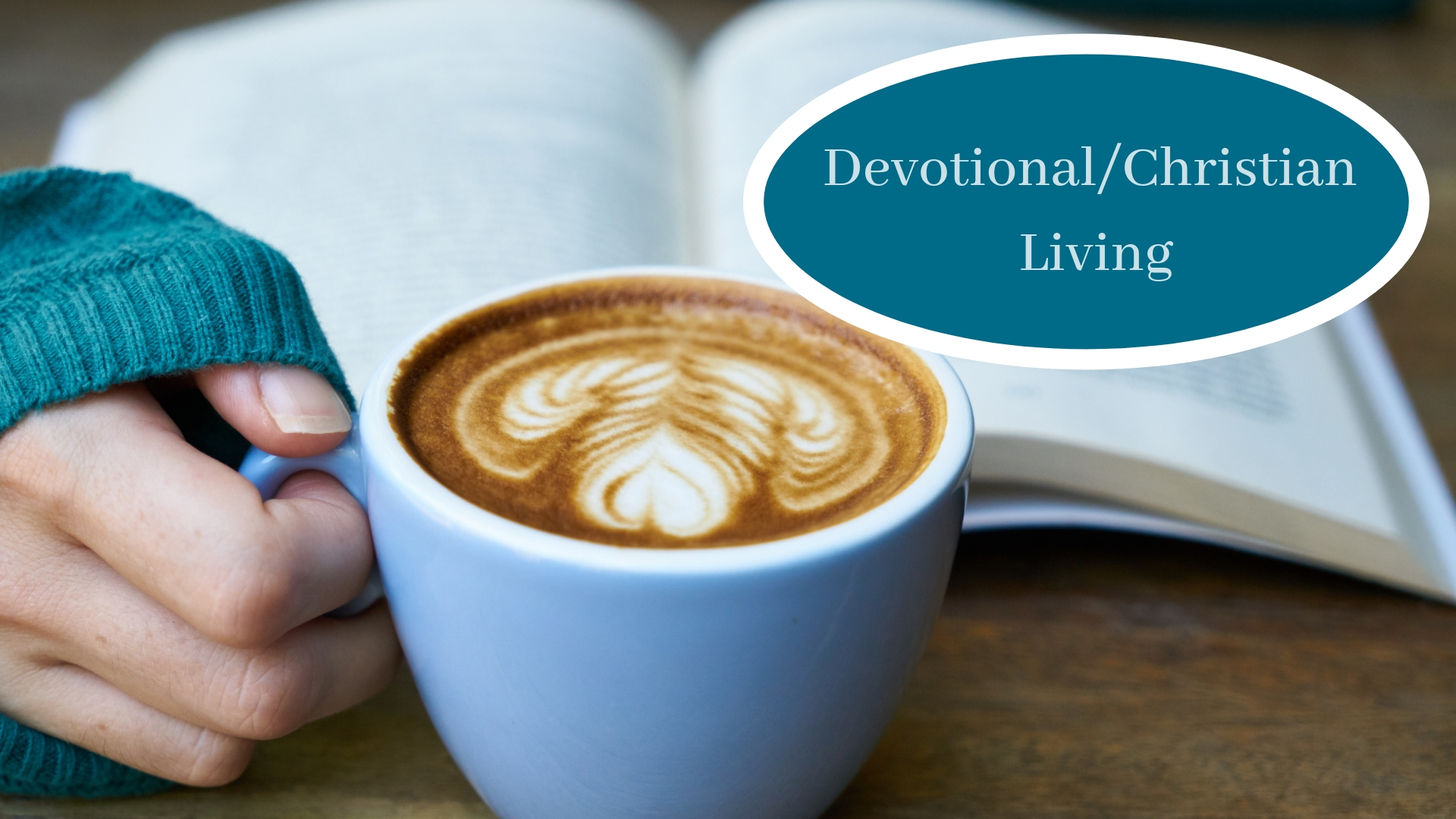
Our Most Important Sentence
Once the dream book is finally contracted, the most important writing starts. Essentially what we write in preparation for…
September 8, 2024
Once the dream book is finally contracted, the most important writing starts. Essentially what we write in preparation for…
September 8, 2024
M. J. Padgett is a YA author and co-owner of Pirate Cat Publishing and I asked her advice about…
October 28, 2022
I recently read a few middle grade novels I could not put down, even when sleep called loud and…
May 18, 2022
“Don’t Bury the Lead” is a common instruction to new writers. Literary agents and editors receive high volumes of…
July 25, 2021
Let’s think like a potential reader for a second. We’re looking for a book to buy, and searching through…
January 31, 2021
A short form devotional has three sections: a hook, a Bible passage connection, and a connection to the life…
May 19, 2020
Without a perfect bait a fisherman loses their chance in catching a fish. They must take their time and…
February 17, 2020
Your main character stands on the edge of a cliff, a five hundred foot drop to jagged rocks below.…
December 7, 2019